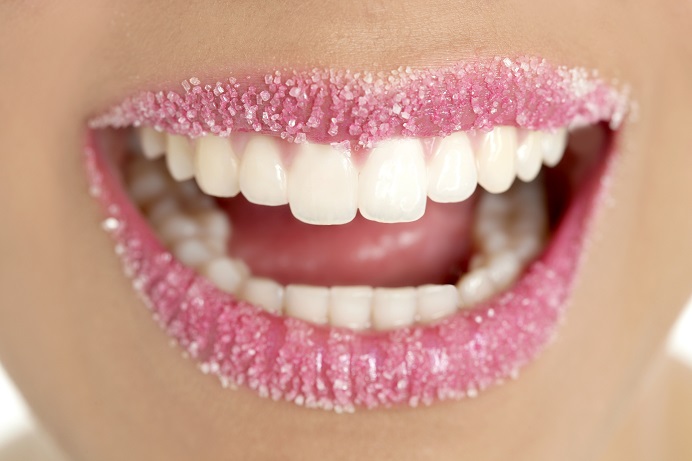The airflow, air-flow, or air flow system is a dental polishing technique that serves as an alternative to enamel-weakening tooth bleaching. It’s the hot new trend taking many dental clinics and centers by storm as well. Keep reading to find out more about this system.
If you wish to get airflow treatment at a significant discount while you’re vacationing in beautiful Thailand, then you should apply for a dental tour in the Land of Smiles via the Thantakit Dental Center. There are many benefits to doing so, which we will discuss below.
Page Contents
Introducing a Newer and Better Cleaning Method
The airflow cosmetic dentistry service is a brand new cutting-edge technology that cleans up your teeth more thoroughly than ordinary prophylaxis techniques, but it’s not quite at the extreme level of traditional scrape-based deep cleaning for periodontal scaling.
- New Technology: Instead of manually scraping teeth in order to clean it, you can use the airflow system in order to reach a bold new direction and unknown horizons when it comes to doing dentistry.
- What Is It About? The air-flow system ostensibly produces air flow using a machine in order to polish the dental surface and clean out your teeth of food remnants and debris that could house hundreds of thousands or millions of bacteria.
- Accurate Cleaning with Compressed Air: The air flow machine specifically uses water, fine powder particles, and compressed air to do its job. Airflow can remove stains, bio film, and young calculus compared to normal dental abrasion cleaning techniques.
- Efficient and Safe Cleaning: The combination of water, air, and powder in different outlets of the air flow machine work in tandem to scrub the enamel or surface of the teeth to polished perfection. It should gleam like smooth porcelain when all is said and done.
- Better Than Dental Bleaching: This extremely effective cleaning method will leave your mouth refreshed and cleaned up, like you’ve just visited a dental hygienist who has mastered manual scraping and deep cleaning. It’s unlike bleaching that tends to compromise your enamel thickness and tooth nerve endings.
- Air-Flow Dental Stain Removal: It also whitens teeth with its jet of compressed powder, water, and air in order to remove stains caused by drinking tea, coffee, and red wine as well as consuming tobacco or using certain mouthwashes.
- Dental Disease Prevention: You can also do deep cleaning of the periodontal pockets variety with the airflow method. It can deep clean your periodontal pockets for up to 5 millimeters deep. You cannot deny its polishing prowess.
- Particularly Effective against Plaque:Regular brushing can prevent plaque, but deep-down persistent bio film or plaque that’s been “infected” with bacteria can be thoroughly removed in a jiffy with the airflow cleaning method, thus helping you prevent periodontitis and peri-implantitis.
- What Makes It Special:The technique or system is particularly dependable in dealing with plaque and tartar. It’s also more efficient when compared to painstaking manual scraping and dental abrasion techniques to remove food deposits on the dental surface.
- Its Myriad of Competition:The air flow system competes with the painstaking scraping involved with deep cleaning scraping tools, rubber cups, and polishing discs as well as bleach-based teeth whitening. This system superiorly polishes your teeth at the fraction of the time of manual scraping.
Long story short, the risk of gum or tooth infection is radically reduced when you go the air flow system route that uses solid (powder particles), liquid (water jets), and gas (air pressure) to leave you with gleaming pearly whites when all is said and done!
A Great Alternative to Dental Scraping and Digging
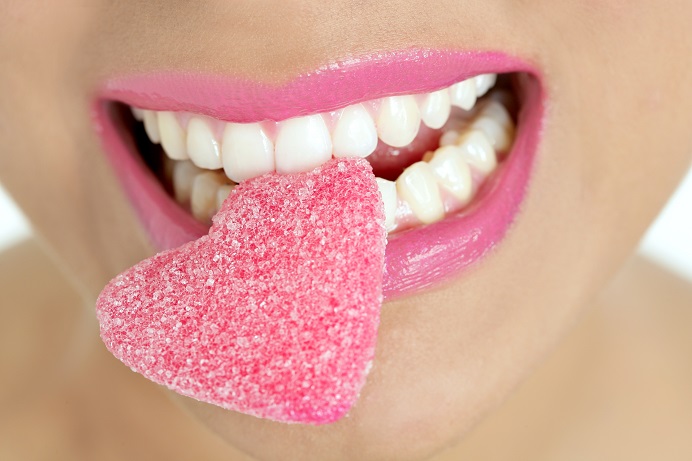
If you’d rather minimize dealing with scraping tools that dig into your gums and cause unavoidable damage to it in order to remove periodontal pockets and diseased tooth matter, there’s an alternative to scraping tools and polishing discs.
You can have your dentist use the cost-effective and simply effective air flow technique instead of polishing discs to avoid grinding the tooth enamel to wafer-thinness reminiscent of veneers. It’s also super fast compared to scraping.
The quickness of the air-flow method will allow you to go in and out of the dental center in next to no time at all. You don’t need return visits when you go the air-flow route!
The more enamel that’s left from the cleaning, the more painless the cleaning will end up. It’s a non-invasive, (relatively) non-abrasive method of polishing your teeth to gleaming porcelain perfection while avoiding issues like teeth sensitivity (a common issue with dental bleaching).
You won’t have to worry about nursing gum or mouth sores after the anesthesia wears off too because of how efficient this method is at cleaning your teeth without grinding the enamel away with a tooth grinder.
How the Air Flow System of Dentistry Works
The method behind the “madness” of air-flow system dentistry is quite ingenious—it specifically uses air pressure with water and grit to remove plaque, discoloration, bio film, and soft deposits.
- What is Airflow Teeth Cleaning? This cleaning method uses a combination of fine sodium bicarbonate, water, and compressed air shot through an apparatus with three different outlets for all three types of output.
- Liquid, Solid, and Gas: Your dentist uses the three basic states of matter in order to shoot controlled jets of water to the surface of the tooth, polishing it in a gentle yet thorough way like the crashing waves of the sea on sandstones.
- A Powerful Dental Hygiene Treatment: This powerful dental hygiene treatment cleans and removes food remnants, stains, and film from your enamel in a methodical manner to ensure that most of the enamel remains intact (so you won’t end up with sensitive teeth).
- What Can You Remove with Air Flow Cleaning? You can use the air flow technique to remove stains, calculus, soft deposits, plaque, discoloration, and tartar from all surfaces of your teeth (front to back) when push comes to shove. It’s in many ways better than awkward hand scraping from your dentist.
- How Does Airflow Teeth Cleaning Work? The most effective part of the airflow teeth cleaning method is technically non-abrasive (the sodium bicarbonate powder), which ensures particle removal while also reducing bacterial levels and bleeding gum incidents.
- The Airflow Nozzle is the Key: The airflow nozzle shoots jets of high-pressure (but not too high pressure) water with bicarbonate grit mixed unto it at the tooth’s surface, which agitates and loosens the gunk and film on the teeth while leaving the enamel intact.
- Prevent Gum Irritation While Cleaning: If you wish to polish your teeth to gleaming porcelain smoothness a la sandpaper without irritating your gums like with normal abrasion techniques then the way to do it is through the air-flow technique.
- Improved Patient Comfort:It’s more comfortable to have the dentist methodically spray the plaque and biofilm away with the nozzle of the air flow system instead of having him thrust his gloved hands all over your mouth in order to scrape away diseased dental surfaces.
- Perio-Flow Extension Nozzle:This nozzle type can dig safely into distressed teeth. This extension nozzle induces non-irritating airflow polishing to clean out your gums and teeth on the subgingival level or right beneath the gums.
- It’s Not as Time-Consuming:You don’t have to deal with the dentist manually scraping your teeth one by one. This technique is actually recommended for patients with sensitive gums and teeth. There’s less contact yet you still get maximum results!
The Air-Flow Method and Stain Removal
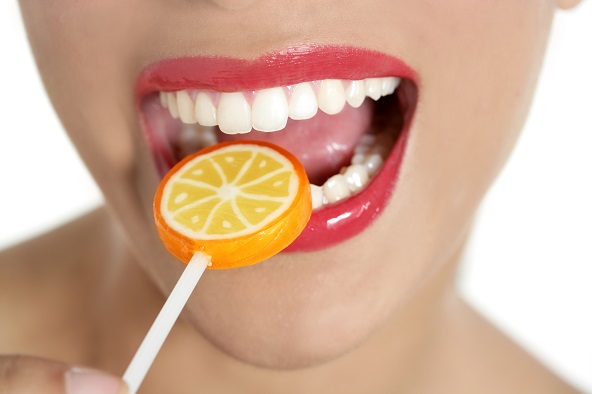
As mentioned above, the airflow system removes stains up to 5 millimeters deep into periodontal pockets because they’re able to blast through enamel in a precise manner without being too extreme with it, thus causing tooth sensitivity.
It does its “magic” without heat, noise, or direct contact as well. This makes it the ideal whitening treatment compared to tooth-damaging dental bleaching!
They’re gentle on gums yet tough on stains on the dental surface. The ingenious combination of liquid, solid, and gas can grind away stains left onto the teeth care of smoking, food, and drink as well as neglectful dental hygiene.
The air flow system polishing is a highly on-demand cleaning method for those suffering from sensitive teeth exactly because the contact is mostly from the spray of gritty high-pressure water in controlled and methodical bursts.
What to Expect During Airflow Polishing Treatment
The average air-flow cleaning treatment lasts about half an hour. The dentist or dental hygienist should clean out any large calculus particles first through traditional scraping methods before finishing the rest off with airflow cleaning.
- It Can Work Standalone or with Scaling: If you don’t have calculus to remove then regular airflow cleaning maintenance should suffice. This dental cleaning method utilizes sodium bicarbonate particles mixed with high-pressure water to get you pain-free cleaning experience when push comes to shove.
- Wet Yet Pain-Free Cleaning: However, even though it’s pain-free you can still end up rather wet on the dental bib when all is said and done. You’ll also be doing a lot of spitting on the nearby sink (don’t swallow the material that’s been cleaned by the airflow system).
- How Long Does It Take? It’s an outpatient procedure that requires a single 30-minute visit. The dentist should also make your teeth bright and shiny after the visit in a single appointment depending on the severity of your teeth staining or periodontal disease. Some manual scaling might be needed for best results.
- A Quick Job with Little to No Post-Care: After you’ve undergone airflow cleaning, you can proceed to doing your daily activities without much worry about things like bleeding gums or eating only soft foods like with the post-care requirements of other dental procedures.
Cleaning Deep Pockets and Interproximal Areas
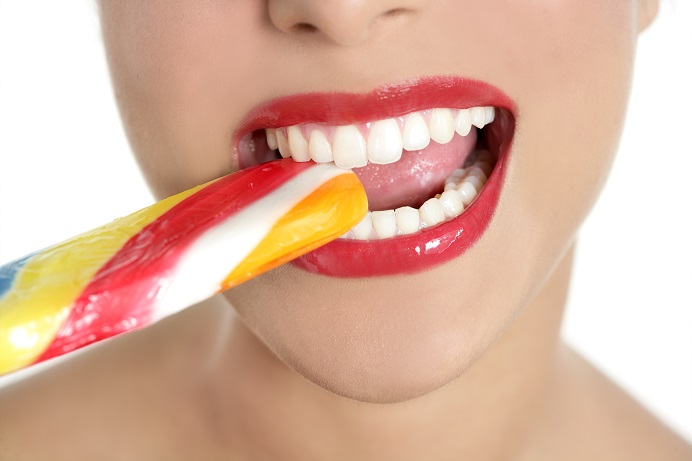
Because disc polishing and manual scraping can hurt your gums and teeth when cleaned, it’s better to use more efficient tools to do the job for you. They’re also unable to do deep pocket and interproximal area contact.
You know what can accomplish that type of contact? That’s right; it’s the air-flow system! Moreover, it’s able to execute deep cleaning in a painless and safe manner, with its nozzle easily reaching such regions with pressurized jets of abrasive water.
It doesn’t damage the gums with probes from curettes and scrapes as well. With the air flow system, there’s no instrument contact involved. They’re akin to dental drills that come with their own washing system, but developed for enamel polishing.
Biofilm and Its Connection to Gum Disease
Your mouth has naturally occurring bacteria inside it that you shouldn’t be alarmed about. However, you don’t want your mouth to end up overrun with bacteria to the point of infecting it, leading to inflamed gums, gingivitis, or periodontal disease. They end up on your teeth surface and gum tissue in the form of bio film.
You should regularly maintain your teeth by brushing and flossing away this film so that they don’t end up producing acidic waste products that weaken the enamel.
Poor oral hygiene leads to bacterial overload and biofilm buildup, or plaque. If this plaque hardens with calcium deposits it becomes calculus (not the math subject) or tartar that requires scaling from your dentist.
Plaque should be removed immediately or avoided entirely because it causes a myriad of oral health concerns like cavities, gum disease, and much more.
Undergo professional cleanings like scaling, deep cleaning, and the air-flow system in order to get rid of plaque from its roots, which is biofilm buildup from bacteria that consume your leftover food left on your teeth!
The Benefits of Airflow Polishing Treatment
If you especially like that clean teeth feeling after brushing, then you’ll love the air-flow cleaning and polishing system. Air-flow therapy provides you the best and most efficient plaque management service possible.
Here are its advantages:
- It can remove plaque while keeping your tooth surface intact.
- You can use airflow cleaning and nozzle extensions to safely clean out dental implants, veneers, crowns, and bridges.
- It’s designed to be a practical, effective, and safe cleaning method using solid matter, jets of water, and air pressure.
- It’s effective at removing stains and also doubles as a hygiene treatment since it also flushes off bio-film buildup that could turn into plaque.
How Much Does the Air-Flow System Cost?
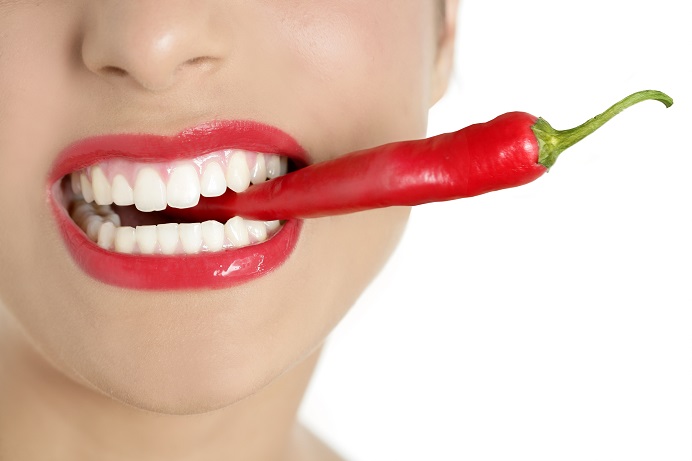
The condition of your teeth and gums should dictate the options available to you when it comes to air-flow cleaning. On average, it can cost you between $36 and $120 depending on the amount of calculus, straining, and minutes or visits required for a full clean.
Some clinics or insurance policies offer promos, like giving you free airflow cleaning as long as you’re a member of their dental plan.
You can avail of this roughly $40 upgrade from the classic scale and polish cleaning since it brings together the functional practicality of a deep clean with the aesthetic benefits of dental bleaching (but without the downsides).
Most stains can be blasted away with the air-flow system, thus allowing you to get whiter, naturally gleaming enamel that wasn’t bleached to whiteness through chemicals that weaken the tooth surface if overused!
At Thantakit Dental Center, cleaning with the air-flow system costs you only ฿1,000 ($30) per session.
To Summarize
Airflow cleaning has polishing benefits that truly cleans your teeth without any of the detriments of bleaching (weakening the enamel) and scaling (removing tooth material). It’s nice and precise in plaque and tartar removal.
The airflow cleaning system is available in select clinics and centers all over Thailand, such as the Thantakit Center. If you want high-level airflow cleaning, visit the Thantakit International Dental Center to get quality service from internationally trained dentists.
Thantakit International Dental Center is Thailand’s longest established dental center. Situated in Bangkok, our clinic is renowned across the world as a destination for world-class dentistry, with most of our patients flying to us from Australia.
Please contact us today and get a FREE dental consultation.











